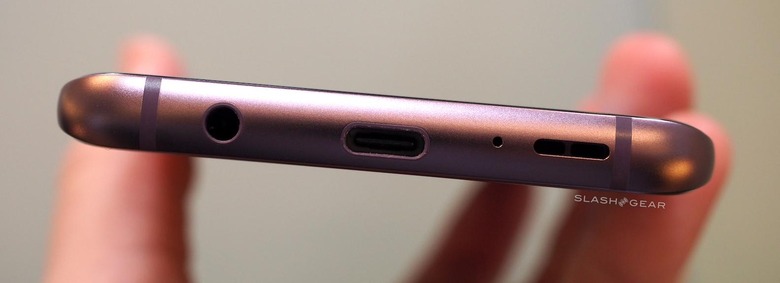Galaxy S9: Why You Don't Need It
Today we're having a peek at the brand new Samsung Galaxy S9, beyond the hype. It's extremely easy to get wrapped up in the excitement generated by Samsung right now, just as it's easy to get pumped up at an Apple event, or right after a new version of your favorite vehicle is revealed. But the Galaxy S9 isn't all that different from the Samsung Galaxy S8, and unless you're looking to impress your friends with the latest hardware, you may want to hold back.
Camera Performance
The new camera is probably the best reason TO get a new Galaxy S9. This new setup allows the user to switch between f/1.5 and f/2.4, allowing better low-light performance for indoor scenes and better depth-of-field and less chance of over-saturation for outdoor scenes. Whether that'll improve your experience in your everyday life – that's entirely dependent on how often you use your smartphone's camera.
ABOVE: Part of our full Galaxy S9 and S9 Plus hands-on, just the first part in a series leading up to our full review.
If you use your smartphone camera every single day, multiple times a day, you might want to consider a Galaxy S9. If you use your smartphone camera for your job in a creative field, you might very well want to consider getting a Galaxy S9. We've yet to see photography results in a lab environment, but based on the little we've seen in-hand thus far, the Galaxy S9 has likely as good or better a camera experience than the rest of the smartphone camera market today.
See our Samsung Galaxy S9 vs S8: reasons to upgrade feature article to learn more. The title suggests a comparison to the S8, but there's a bunch more info there than just a battle vs the last generation.
Hardware Design
The industrial design of the Galaxy S9 is extremely similar to that of the Galaxy S8. The S9 is shorter, thicker, and wider than its predecessor. Despite the added (basically indistinguishable) added thickness, the battery in the S9 remains the same size as in the S8.

The display is still a curved Super AMOLED panel, and it has the same resolution as it did last year. They suggest the display is 15% brighter than the S8, but such a difference isn't any sort of game-changer. The size and shape of the S9 is JUST different enough from the S8 that users upgrading won't be able to use their same protective cases. Not that you'd want to use that beat up ol' thing anyway.
The AR Emoji
Much like Apple did with the Animoji, Samsung's released their own face-tracking animated app... thing. Like Animojis, there's no real reason why a person would ever NEED this. It's a fun addition, but certainly not worth an upgrade from a different phone on its own.
You can learn all you'll ever need to know about the AR Emoji in our article Galaxy S9 AR Emojis are more than Animoji clones. They are, and they aren't. They bring different functionality, yes, but they fit the same requisite for a big-name phone in 2018, thanks to Apple. That's the "make a simple, silly use for all this face-tracking technology" requisite, as it were.
Bixby Button
There's a button on the side of this device that cannot be used for anything other than its intended functionality. I suppose that's true of the power button and the volume buttons, too, but the Bixby button is different. Take a peek at my colleague Brittany's feature from this past August, and see what you make of it: "The Bixby button is the bane of my mobile existence."

That article focuses on the Samsung Galaxy S8, obviously, but the button is essentially the same in the Galaxy S9. The functionality and hardware in the Galaxy S9 surrounding this button isn't changed in any major way, S8 to S9. If you love Bixby, the button is good, if you don't, it's bad.
Stick around as we continue to explore the Galaxy S9 and all its ins and outs in review form. There'll be chatter here about the Galaxy S9 and the Galaxy S9 Plus, the both of them, in review form here up on the frontpage of SlashGear immediately if not soon.
